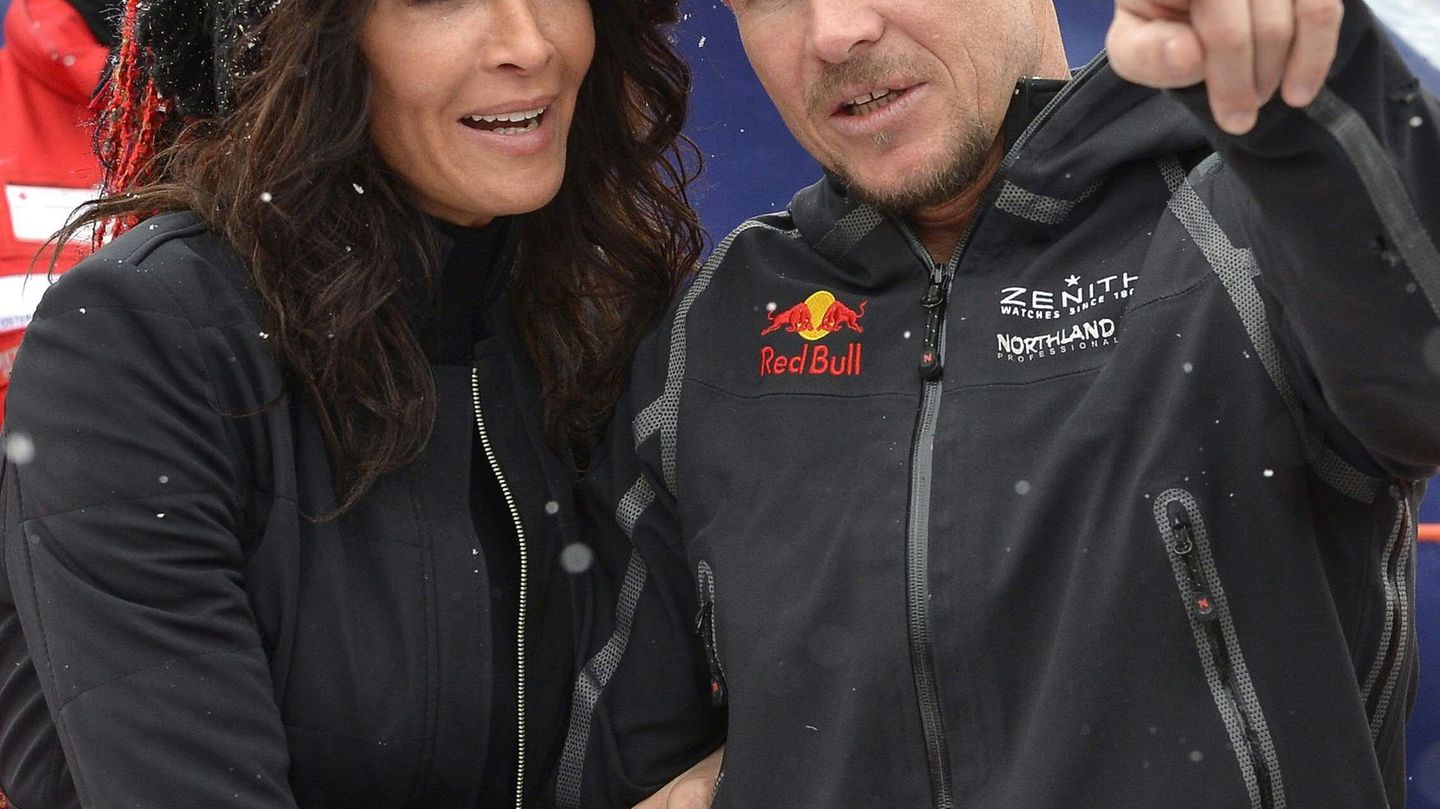While the first Hyperloop was stopped in the USA, the first long European test track is in the Netherlands. Does the super-fast transport system have a future or will it remain a utopia?
The thick white steel pipes lie dead straight next to the railway tracks, like oversized pieces of straw. There isn’t much else to see in the field in Veendam near Groningen in the north of the Netherlands. And yet history could be written here, near the German border.
Because these pipes are the first European test route for the Hyperloop – an almost utopian transport system that is intended to take people from A to B in capsules at an insane speed. The route is 420 meters long and the first capsules are actually supposed to slide through the pipes at the end of the month. Initially only at 80 to 100 kilometers per hour, and for the time being no people are being transported.
“It’s a crucial moment,” says Sascha Lamme, director of the dpa’s European Hyperloop Center. Because technologies are tested there, switches and safety systems. The center is the centerpiece of a European development program, financed by 25 commercial and public partners, and the EU also gave money.
The idea is over a hundred years old, but this transport system is actually best known from science fiction films. A kind of pneumatic tube, only for people. Air is removed from the tubes and in the vacuum the capsules, also known as pods, race magnetically from A to B at more than 1000 kilometers per hour.
It is a system that promises everything that politicians and city planners dream of: cheap, uses little energy, clean, quiet and comfortable too. The pods should be equipped with casual armchairs, surrounded by soft music, and there should also be WiFi.
A perfect alternative to train and air travel?
A perfect alternative to train and air traffic – that’s what Elon Musk thought when he announced a hyperloop competition for students in 2012. The winners were a few students from TU Delft. Musk himself didn’t invest in the technology, but the young Dutch dug in their heels. They founded the start-up Hardt Hyperloop and built the test track with their partners.
But it’s not that easy with the brave new world of high speed. It was only in December that the most famous project to date, Hyperloop One in the USA, came to a grinding halt after ten years. Too expensive, too complicated and too big.
But the young Dutch people are not deterred by this. “The Americans wanted to make too much money too quickly,” says Lamme. And they didn’t work with others. “But we can take our time and also have several partners.”
However, there is already a transport network with high-speed trains in Europe. Who wants to invest in a completely new network? Lamme is also aware of this problem: “The high-speed trains are not competitive,” he says. “They are still slower and more expensive than airplanes.”
From Berlin to Rome in one hour
In fact, the trip through the tube could be much faster – in theory. From Berlin to Rome in an hour, no problem. And it is also possible to turn right towards Paris. Because the Dutch equipped the test track with switches. “This is a key piece,” says Lamme. “Because the whole system depends on being able to build a tight network.” Only then will it be worth it.
It also has to be built. And the pipes aren’t exactly a real eye-catcher in the landscape. “Oh, if necessary you can paint them green,” argues the director. In addition, the pipes could also be built right next to the highway or even underground.
So much for the positive. The problems: The steel shrinks when cold and expands when hot. This becomes problematic with connections and train stations. Then the question remains how to keep the pipes airtight – otherwise there will no longer be a vacuum. And finally, security. How quickly can emergency services get to the scene in an emergency?
Engineers are confident they can solve these problems. But there’s something they don’t have control over: When it comes to transport systems, everyone in Europe likes to cook their own soup. And so rails and locomotives in Europe will not be compatible with each other even in 2024.
“So there has to be a European standard for the Hyperloop,” says Lamme. The first steps have been taken, he says. The Hyperloop was included in the EU’s sustainable transport strategy. In 2030, the makers estimate, the first real route will also be available for people.
Source: Stern




